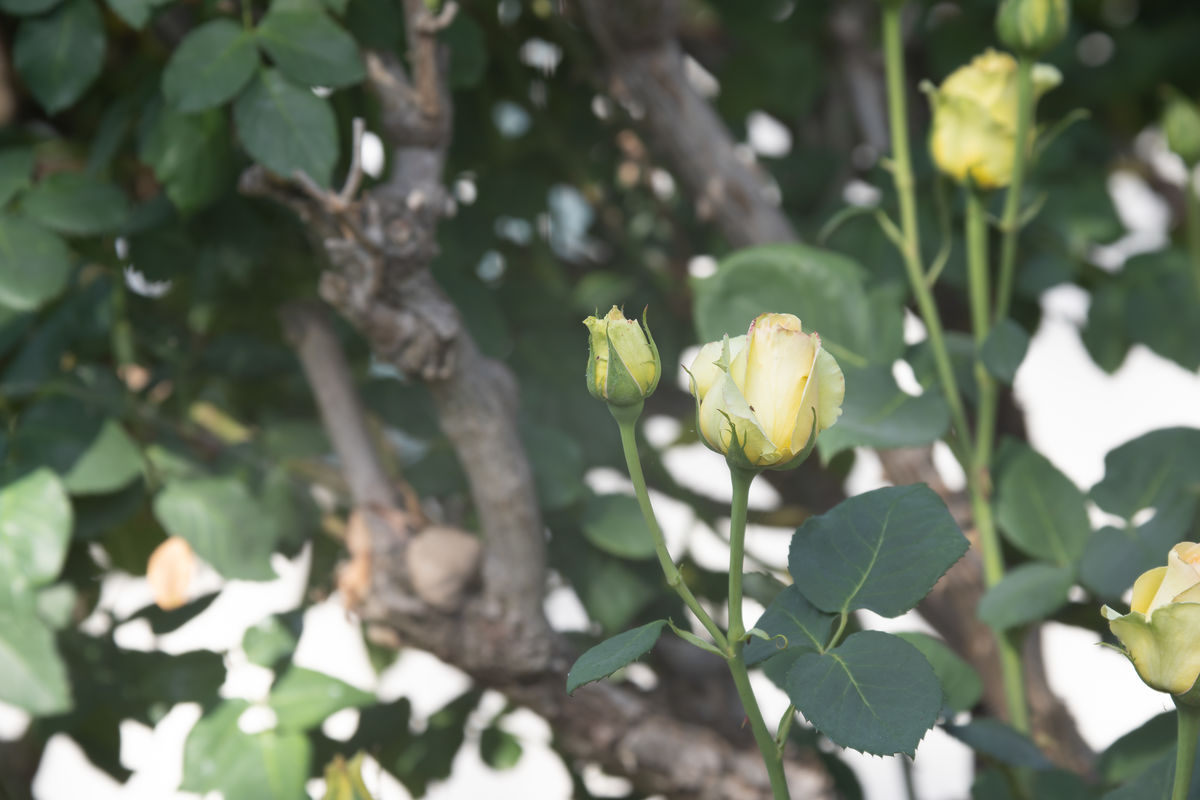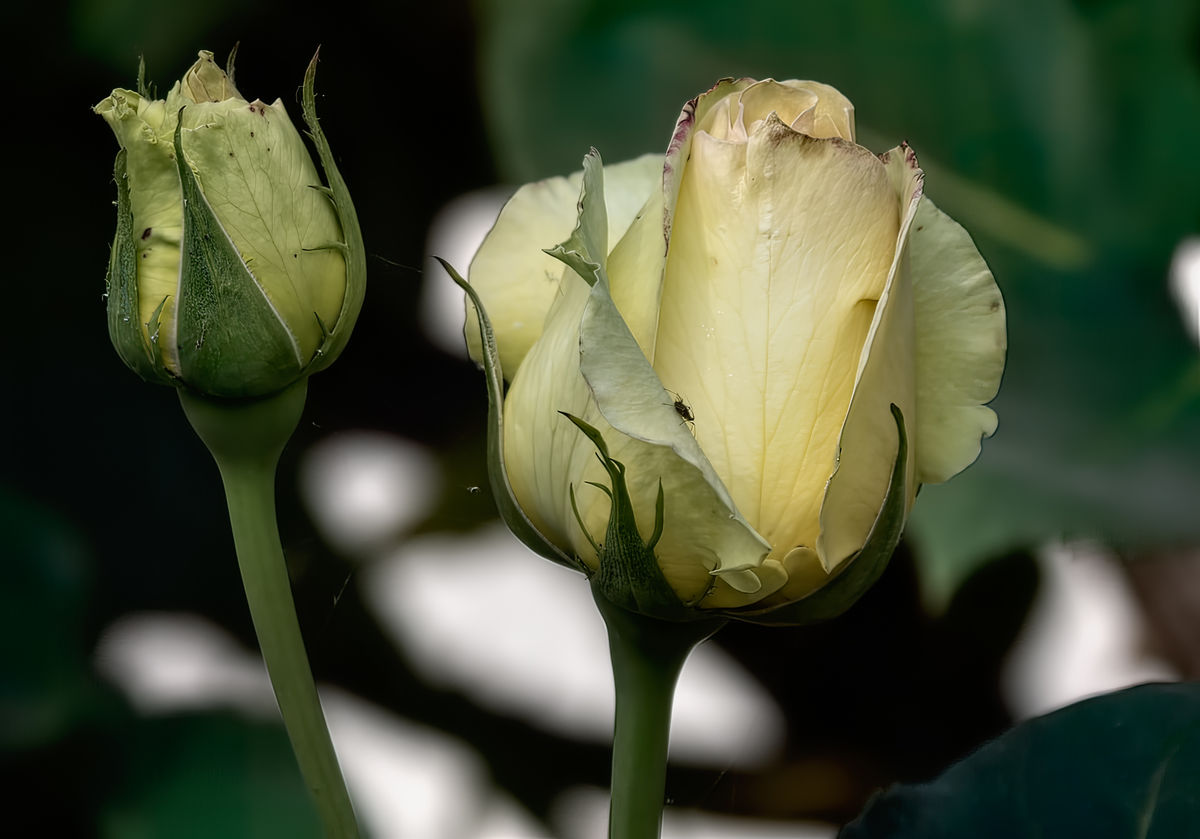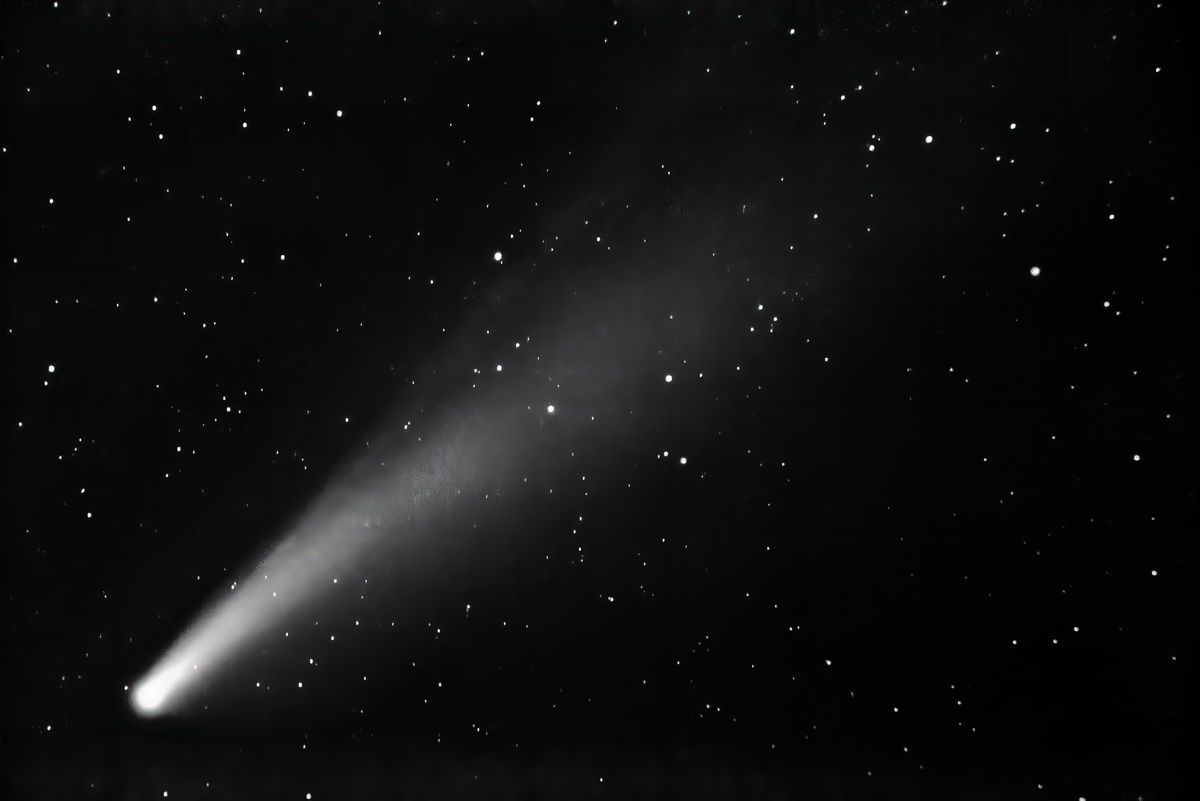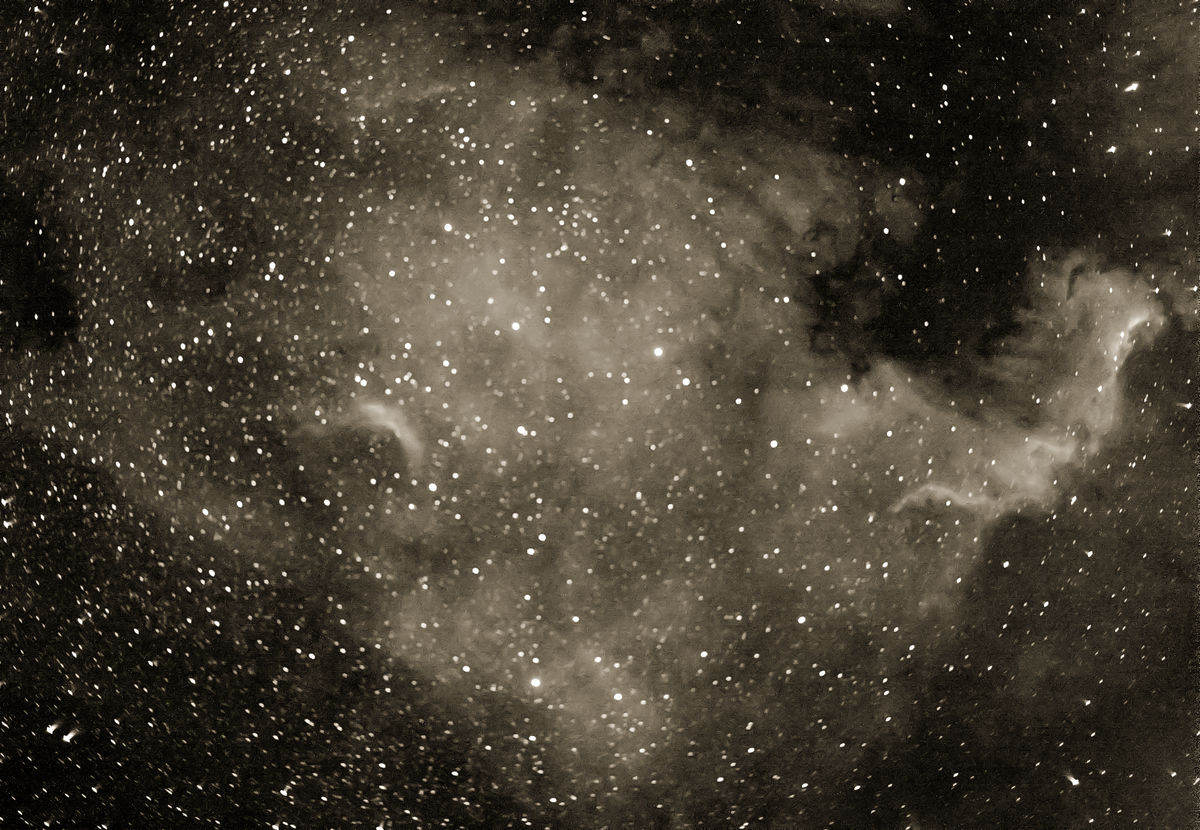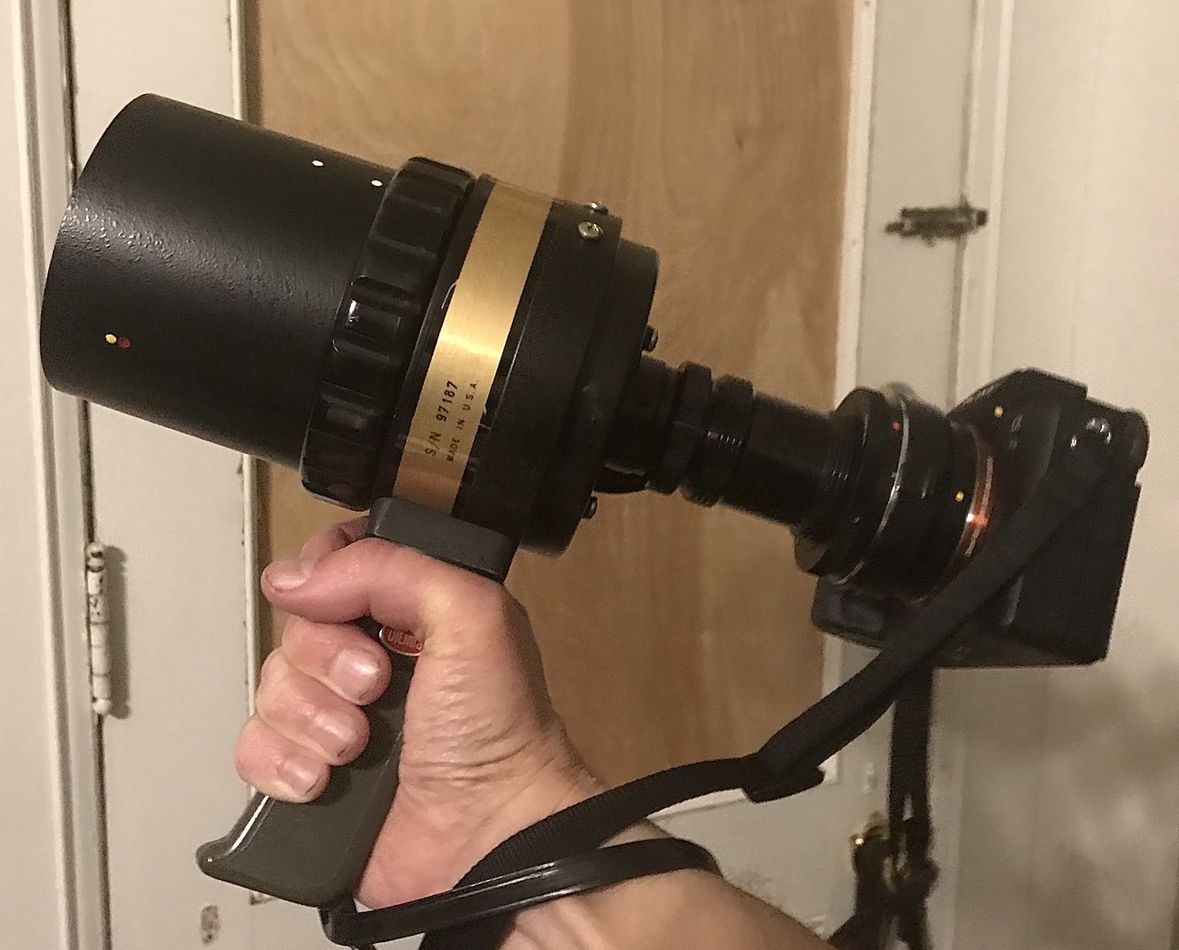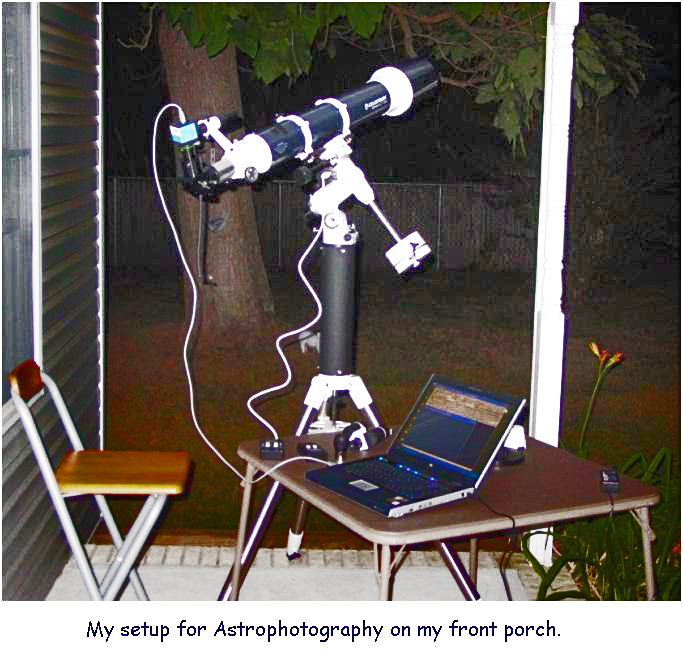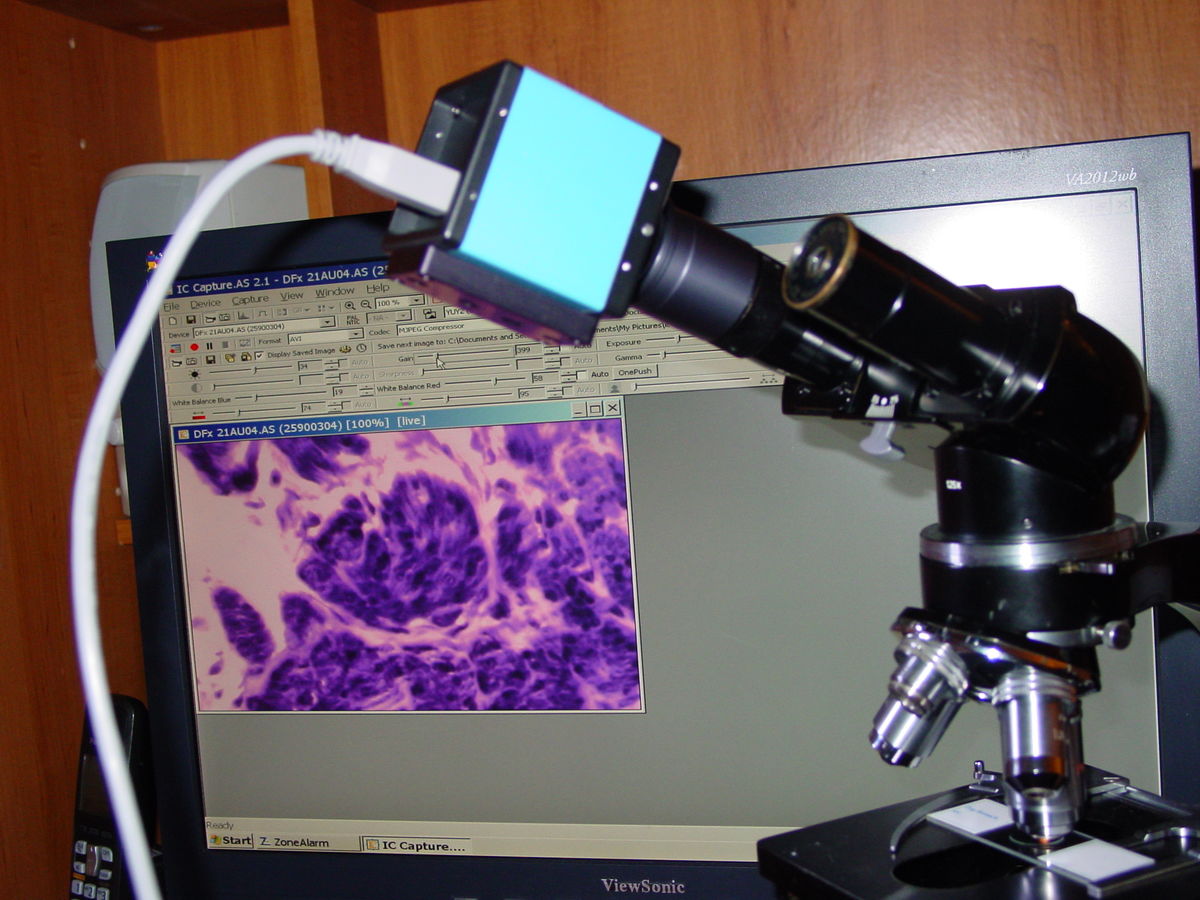Camera body suggestions for telescopic lens?
Feb 9, 2022 15:30:11 #
rwww80a
Loc: Hampton, NH
I am looking to expand my kit. Need a mirrorless body to attach to a 3.5 inch Questar telescope. Primarily will be shooting animals and learning astrophotography.
DSLRs produce too much camera and lens shake. Currently I shoot with Nikon gear but I'm not sure if their mirrorless are the best for this application.
Anyone with real world experience?
DSLRs produce too much camera and lens shake. Currently I shoot with Nikon gear but I'm not sure if their mirrorless are the best for this application.
Anyone with real world experience?
Feb 9, 2022 15:52:23 #
rwww80a wrote:
I am looking to expand my kit. Need a mirrorless body to attach to a 3.5 inch Questar telescope. Primarily will be shooting animals and learning astrophotography.
DSLRs produce too much camera and lens shake. Currently I shoot with Nikon gear but I'm not sure if their mirrorless are the best for this application.
Anyone with real world experience?
DSLRs produce too much camera and lens shake. Currently I shoot with Nikon gear but I'm not sure if their mirrorless are the best for this application.
Anyone with real world experience?
You may want to read this:
https://www.questarcorporation.com/QuestarPDF/PhotographywithaQuesC71.pdf
If you have a solid tripod - Really Right Stuff or equal - shake is not an issue. Mirrorless may be helpful, but without autofocus, and a dark viewfinder, using a DSLR will be frustrating because the viewfinder will be so dark with a lens that is effectively F18.
Feb 9, 2022 16:07:52 #
wdross
Loc: Castle Rock, Colorado
rwww80a wrote:
I am looking to expand my kit. Need a mirrorless body to attach to a 3.5 inch Questar telescope. Primarily will be shooting animals and learning astrophotography.
DSLRs produce too much camera and lens shake. Currently I shoot with Nikon gear but I'm not sure if their mirrorless are the best for this application.
Anyone with real world experience?
DSLRs produce too much camera and lens shake. Currently I shoot with Nikon gear but I'm not sure if their mirrorless are the best for this application.
Anyone with real world experience?
Look at Olympus and Panasonic. I know Olympus at least has a starry sky program built into their two upper end cameras (E-M1 mkIII and soon to be released OM-1). Both bodies will be around or under $2K. Gene51 is also right about the tripod when it comes to astrophotography. The heavier the better.
Feb 9, 2022 16:40:01 #
rwww80a wrote:
I am looking to expand my kit. Need a mirrorless body to attach to a 3.5 inch Questar telescope. Primarily will be shooting animals and learning astrophotography.
DSLRs produce too much camera and lens shake. Currently I shoot with Nikon gear but I'm not sure if their mirrorless are the best for this application.
Anyone with real world experience?
DSLRs produce too much camera and lens shake. Currently I shoot with Nikon gear but I'm not sure if their mirrorless are the best for this application.
Anyone with real world experience?
I haven't looked up the specs on the 3.5in Questar. But let me ask a question. If the scope accepts 2" eyepieces, you should consider APS-C or the smaller m4/3 for the camera as full frame may vignette.
If it accepts 3" eyepieces, there will be no vignetting with a full frame camera. The scope may also allow you to remove the eyepiece barrel and to have a wider mount for a camera and in that case, there is no problem with full frame. I just don't know how this Questar mounts a camera.
I use mirrorless cameras with telescopes. It is far easier to do critical focusing. A DSLR can do Live View, but most DSLR's are heavier, and I don't want heavier. I have experience using both Sony and Olympus mirrorless cameras with telescopes. With long exposures, I have very few hot pixels with the Sony's (A7iii and A6600) and quite a few more hot pixels with the Olympus (EM5ii, I now have the EM1ii too, but haven't gotten around to trying longer exposures with it).
I have no experience using the Nikon mirrorless, but I suspect it to work fine.
With long exposures, the noise that is generated can be a problem. More recent cameras are considerably better than older bodies. As for preferred ISO to use, I like to use as low as I can get away with. For astrophotography, as ISO goes up, the ability to resolve color goes down. And if you saturate, you get white.
As for general terrestrial shooting, I pretty much use it like I would a telephoto lens and let my shutter speed and ISO be determined by the conditions. I think you will find it will work well this way. And by the way, I recommend "prime" focus. This means that there is no eyepiece and no camera lens. Camera is attached directly on the back end of the scope. This is by far the way to the highest quality images.
Attaching an image taken using a much lower cost scope than the Questar. This was an Astrotech AT60ED which is a 60mm lens with a FL of 360mm. The first image is the original which was taken in RAW. And the 2nd is a crop of that image and resized 4x using Gigapixel AI. This should give you an idea of the detail that can come from a small telescope. I used a full frame Sony A7iii for this sample image.
Considering the reputation of Questar, I suspect you will get very good results.
As for a tripod, for a telescope, a heavy, solid tripod is fine for terrestrial use, but you really need a tracker for astrophotography use. There are two kinds: Alt-Az which is fine for a low power telescope and a German Equatorial Mount for long exposures. The Alt-Az mounts are very easy to align and with a small telescope, likely won't cause a problem with field rotation. Field rotation is exasperated by using longer focal lengths and longer exposures.
Also adding a picture of the Neowise Comet that came by in July of 2021. For this one, I did not use tracking. Instead, I upped the ISO to 25,600 and took about 50 images at 2 sec each and stacked. The stacking (plus some Topaz Denoise AI) took out the noise and brought out the detail. I just used a heavy, regular tripod to hold the scope and camera. Notice that even at 2 sec, that the brighter stars are a bit elongated.
By the way, I couldn't actually see the comet with my naked eye, so I had set up a 2nd tripod along with a wider-angle lens and took some comet finding images. Seeing the comet in the wider-angle images allowed me to figure out where to aim the telescope and produce this image.
Finally, the last image is the famous North American Nebula. This time, I used tracking and exposed for 60 sec and stacked 15 images. I used a dedicated mono Astro camera (the Atik Horizon camera). You can see that I slightly missed perfect focus and it really shows up with stars.
Feb 9, 2022 16:45:41 #
I am using a Fuji XT-4 body on a RedCat 51 with great results.
Regardless of what you use, with a DSLR, locking the mirror up and using a remote release goes a long way to eliminate shake.
Regardless of what you use, with a DSLR, locking the mirror up and using a remote release goes a long way to eliminate shake.
Feb 9, 2022 16:53:42 #
wdross wrote:
Look at Olympus and Panasonic. I know Olympus at least has a starry sky program built into their two upper end cameras (E-M1 mkIII and soon to be released OM-1). Both bodies will be around or under $2K. Gene51 is also right about the tripod when it comes to astrophotography. The heavier the better.
The built-in starry sky program is OK with certain camera lenses, but of no use at all with a telescope.
Feb 9, 2022 17:15:56 #
rwww80a wrote:
I am looking to expand my kit. Need a mirrorless body to attach to a 3.5 inch Questar telescope. Primarily will be shooting animals and learning astrophotography.
DSLRs produce too much camera and lens shake. Currently I shoot with Nikon gear but I'm not sure if their mirrorless are the best for this application.
Anyone with real world experience?
DSLRs produce too much camera and lens shake. Currently I shoot with Nikon gear but I'm not sure if their mirrorless are the best for this application.
Anyone with real world experience?
This works. Should work even better with a Questar.
Feb 9, 2022 17:29:36 #
dbrugger25
Loc: Raleigh, NC
The problem with standard cameras is that they are not sensitive to some of the wavelengths of light emitted by deep space formations. Canon has an EOS Ra that is specially adapted for astronomy. Also, the EOS 7i is known as a camera that can be specially modified for astrophotography. An astronomy tracking mount is almost necessary for the long exposures neccessary in astrophotography. Some take minutes. Accurate stacking is necessary because, to capture good exposures, multiple long exposures need to be stacked. https://astrobackyard.com/astrophotography-cameras/ will explain the cameras better than I can. There are also many cameras that are specially designed for that purpose. Orion Telescopes sells some. Brands such as ASI and SBIG astrocameras are the leading specialty brands. They don't look like regular cameras and the better ones have cooling systems built-in to keep the chip from overheating.
Feb 9, 2022 18:47:59 #
wdross
Loc: Castle Rock, Colorado
JimH123 wrote:
The built-in starry sky program is OK with certain camera lenses, but of no use at all with a telescope.
Thanks. My setup will be using a camera lense rather than a telescope. I will be dual using my camera and lens, but my astrophotography will be run with a tracker. If and when money is available, I may purchase a telescope.
Feb 9, 2022 18:55:19 #
JimH123 wrote:
I haven't looked up the specs on the 3.5in Questar... (show quote)
IIRC a Questar has a rear connection for a camera and an internal 90deg prism for the eyepiece tube. Basically that system is an SLR within the scope, but minus the film holder or sensor.
Feb 9, 2022 19:42:40 #
therwol
Loc: USA
rwww80a wrote:
I am looking to expand my kit. Need a mirrorless body to attach to a 3.5 inch Questar telescope. Primarily will be shooting animals and learning astrophotography.
DSLRs produce too much camera and lens shake. Currently I shoot with Nikon gear but I'm not sure if their mirrorless are the best for this application.
Anyone with real world experience?
DSLRs produce too much camera and lens shake. Currently I shoot with Nikon gear but I'm not sure if their mirrorless are the best for this application.
Anyone with real world experience?
Nikon D810A, a DSLR, was designed for astrophotography. I don't think there is a Nikon Mirrorless equivalent yet. It is discontinued and can only be found used. There are a few listed on eBay. You said no DSLR, but it still might be something to consider, though it will cost you some money. The ones coming from Japan will obviously not be the USA model, so service may be a problem at some point. But if it means anything, the equipment I've bought from Japan is always in better shape than the descriptions.
https://www.ebay.com/sch/i.html?_from=R40&_trksid=p2380057.m570.l2632&_nkw=nikon+d810a&_sacat=31388
Feb 9, 2022 20:16:15 #
dbrugger25 wrote:
The problem with standard cameras is that they are... (show quote)
Nikon has one too:
https://www.nikonusa.com/en/nikon-products/product/dslr-cameras/d810a.html
Feb 9, 2022 20:52:58 #
therwol
Loc: USA
Gene51 wrote:
This camera was reported discontinued by more than one source in 2018. B&H says it is discontinued. It is still on the Nikon USA web site, however if you click on Buy Now, it brings you to a page that searches for a place where you can buy it. Clicking on Online brings up nothing. Clicking on Local brings up a list of Nikon USA dealers in your area, including places like Best Buy. What are the chances? Nil, I believe. The inventory of new cameras is probably dried up by now. You can get some deals on used ones on eBay. I forwarded that link.


Feb 9, 2022 20:57:18 #
therwol
Loc: USA
JimH123 wrote:
As for a tripod, for a telescope, a heavy, solid tripod is fine for terrestrial use, but you really need a tracker for astrophotography use.
Yes. That stuff you look up and see is moving across the sky. When I was a kid and my parents bought me a pretty decent refractor telescope for the time, just looking at objects in the sky was a challenge because they would move out of the field of view rather quickly. I think you're referring to what was known then as a clock drive, and my parents wouldn't spend the money for one, so I amused myself spying on our neighbors.
Feb 9, 2022 22:03:06 #
rwww80a wrote:
I am looking to expand my kit. Need a mirrorless body to attach to a 3.5 inch Questar telescope. Primarily will be shooting animals and learning astrophotography.
DSLRs produce too much camera and lens shake. Currently I shoot with Nikon gear but I'm not sure if their mirrorless are the best for this application.
Anyone with real world experience?
DSLRs produce too much camera and lens shake. Currently I shoot with Nikon gear but I'm not sure if their mirrorless are the best for this application.
Anyone with real world experience?
I don't have experience with the Questar but I do have experience in astrophotography and microscope photography.
Looking up the Questar it appears to be a $6,000 tabletop telescope weighing 7 lbs. that has a built in tracking drive to track the stars and planets. It would seem that adding any sort of tripod would defeat the purpose of the scope which is high performance telescope in a highly portable and compact package.
With both astrophotography and microscope photography a dedicated telescope camera which attaches to the eyepiece and a laptop to focus and take stills and video is the way to go. This setup would facilitate sharp focusing, and taking stills and video with no camera shake. The camera settings, exposure, shutter speed, white balance, gamma, etc. is all controlled from the laptop.
In the attached pic, the little blue box sitting on the eyepiece is a dedicated astrophotography camera, connected to my laptop with a usb cable. I also used the same camera and laptop setup with my microscope.
If you want to reply, then register here. Registration is free and your account is created instantly, so you can post right away.


